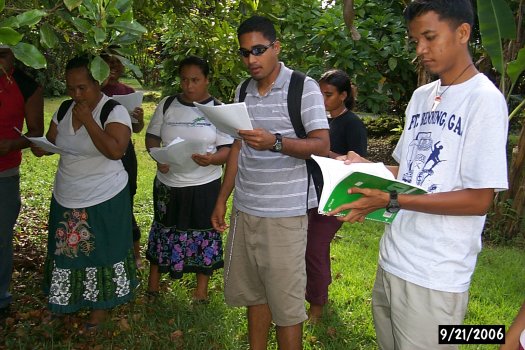
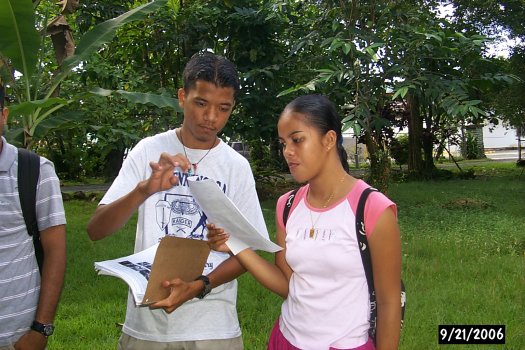
At the Syzygium aromaticum (clove) trees


Reema, Cassandra, Hellen, Katherine
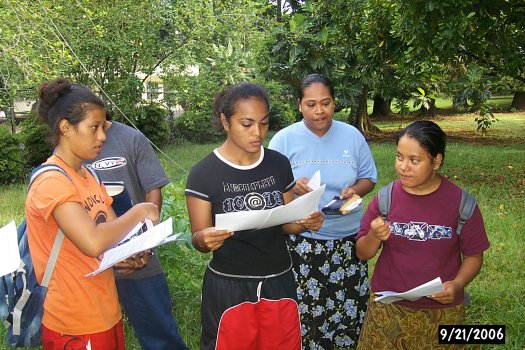
Araucaria heterophylla (Norfolk island pine). These trees were previously thought to be Araucaria columnaris (Cook island pine), but a 1997 flora [.odt] by David Lorence and Diane Ragone indicates these are A. heterophylla. What distinguishes the two species is unknown to this author. The trees are all male trees. The 1997 identification jibes with an oral reference to the trees by Jimmy Hyane as being Norfolk island pines.
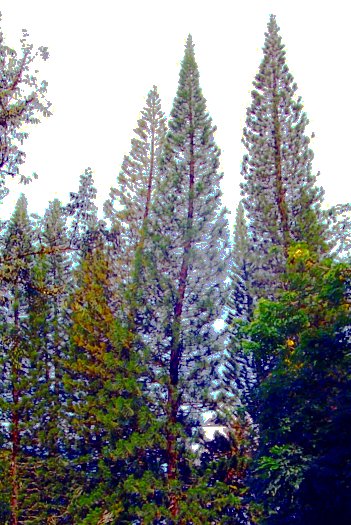
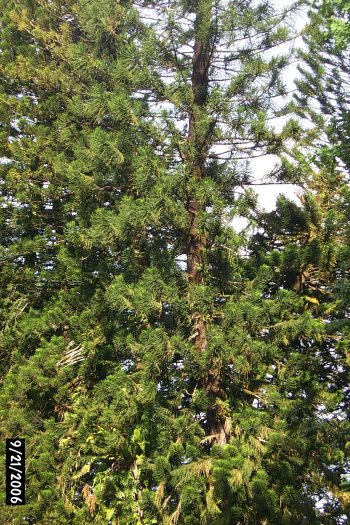
The front of the garden includes Cassia fistula, the golden shower tree. This introduction is in the same genus as the native medicinal Cassia alata.
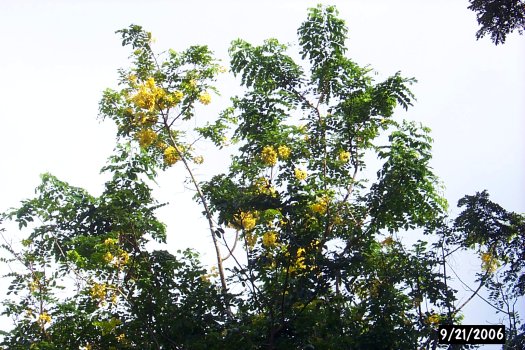
Myristica fragrans tree behind the class
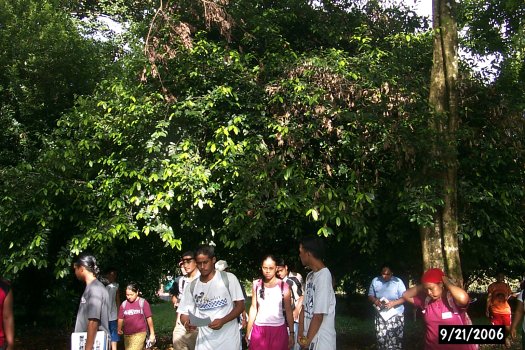
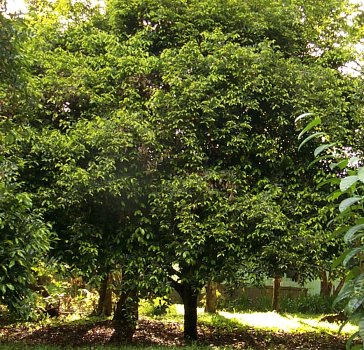
Nutmeg (Myristica fragrans)fruit
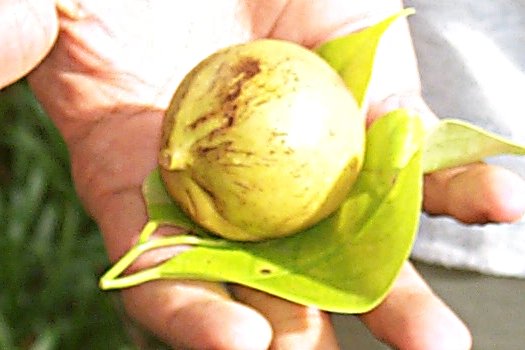
Coffee (Coffea arabica) berries
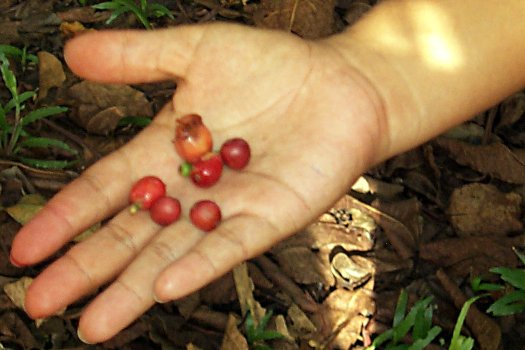
Japanese agriculture station in the Pohnpei Botanic Garden
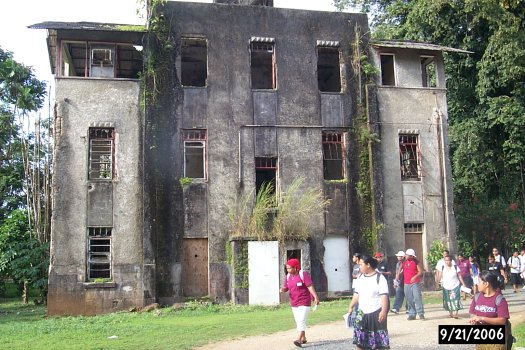
Averrhoa carambola (star fruit tree, ansu)
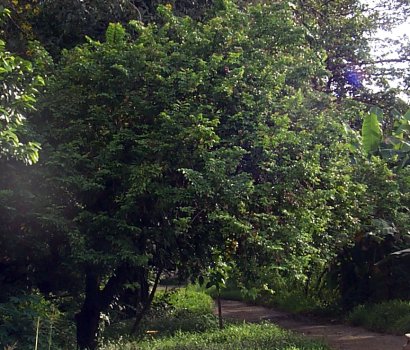
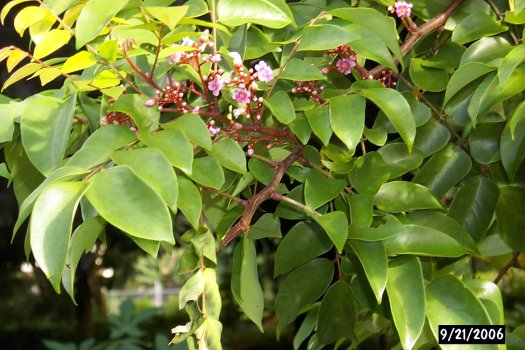
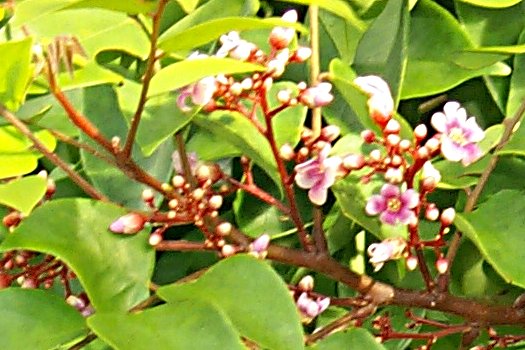
Grove that includes Pimenta dioica (allspice) trees.
More photos were taken during the spring 2005 term.
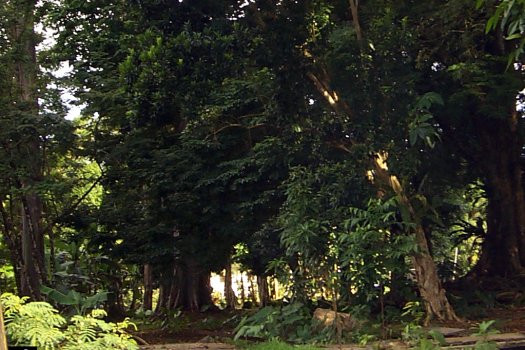
Students on the move
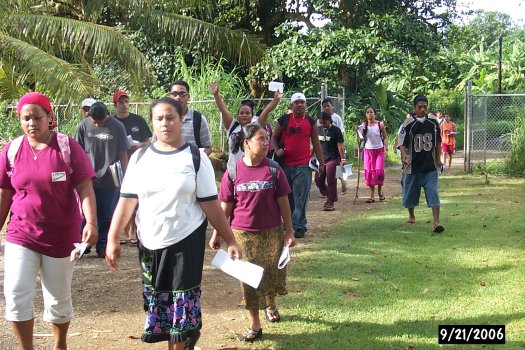
Agathis robusta (kauri pine)
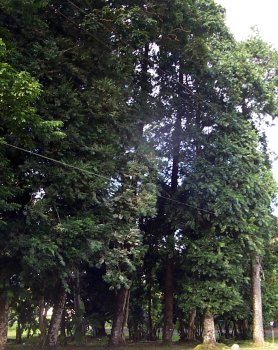
Garcinia mangostana (mangosteen)
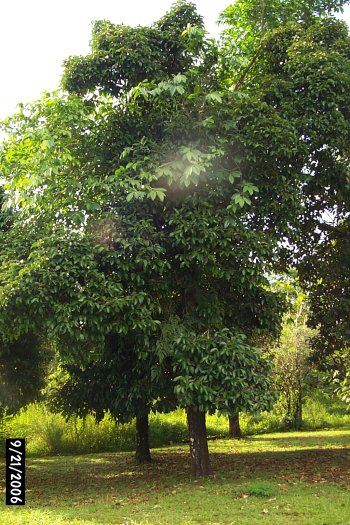
Ravenala madagascarensis (traveler's palm or east-west palm but not on Pohnpei!)
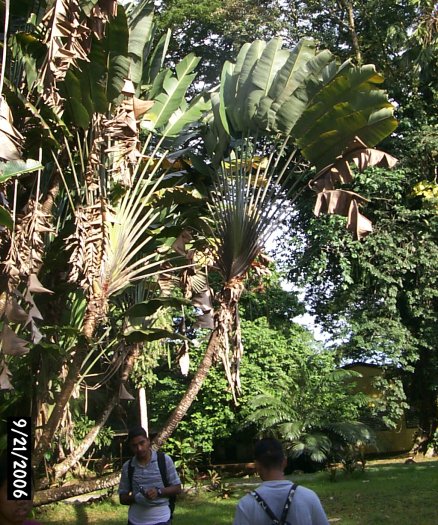
The 1997 flora
[.odt] was not previously available to this author. This flora identifies large Terminalia trees towards the road from the coffee as Terminalia species. These trees had just dropped their fruit, a large purple fruit. The trees appear to be Terminalia carolenensis, known on Kosrae as ka. The leaves are smaller while the fruit and nut are larger. The flavor and flaky layers of the nut are indistinguishable from that of the more prevalent Terminalia cattapa, the nut differs only in being significantly larger.
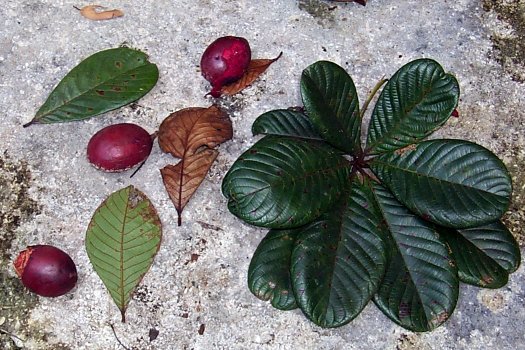
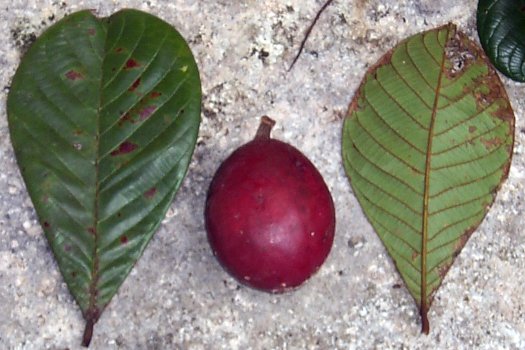
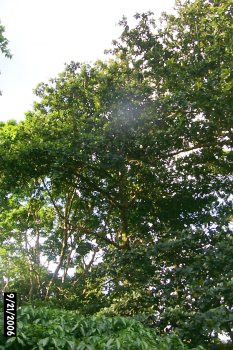
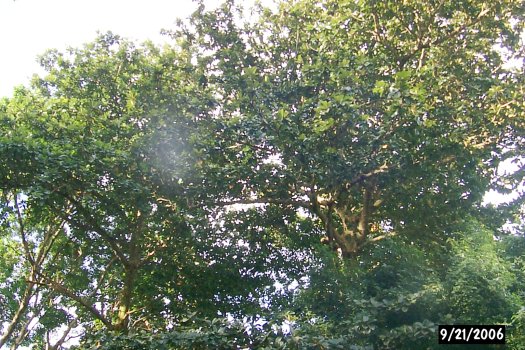
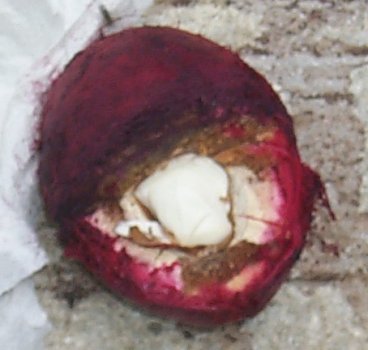
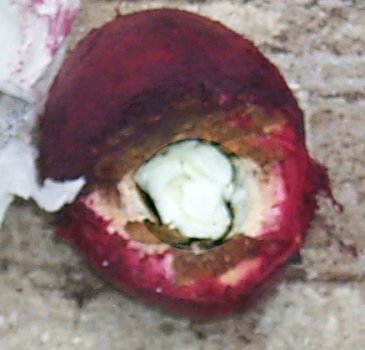
The flora
[.odt also indicates that some of the trees near the above Terminalia are Cinnamomum verum. As these are in the same area as those thought to be Cinnamomum carolinense, this author is unsure whether the trees are all C. carolinense, C. verum, or a mix of the two.
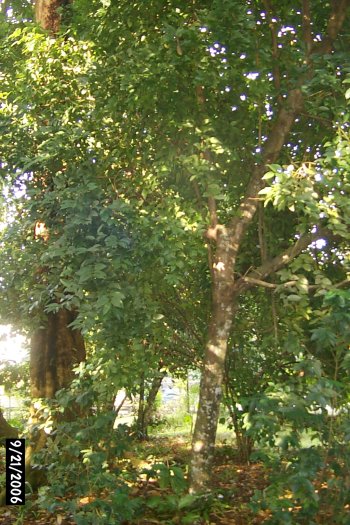
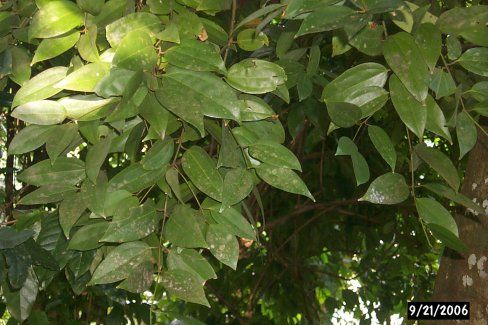

Ethnobotany • Courses • COMFSM